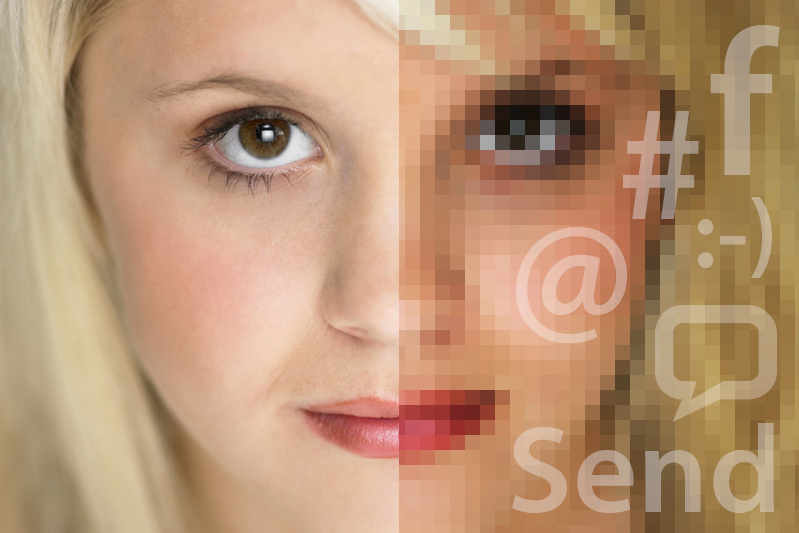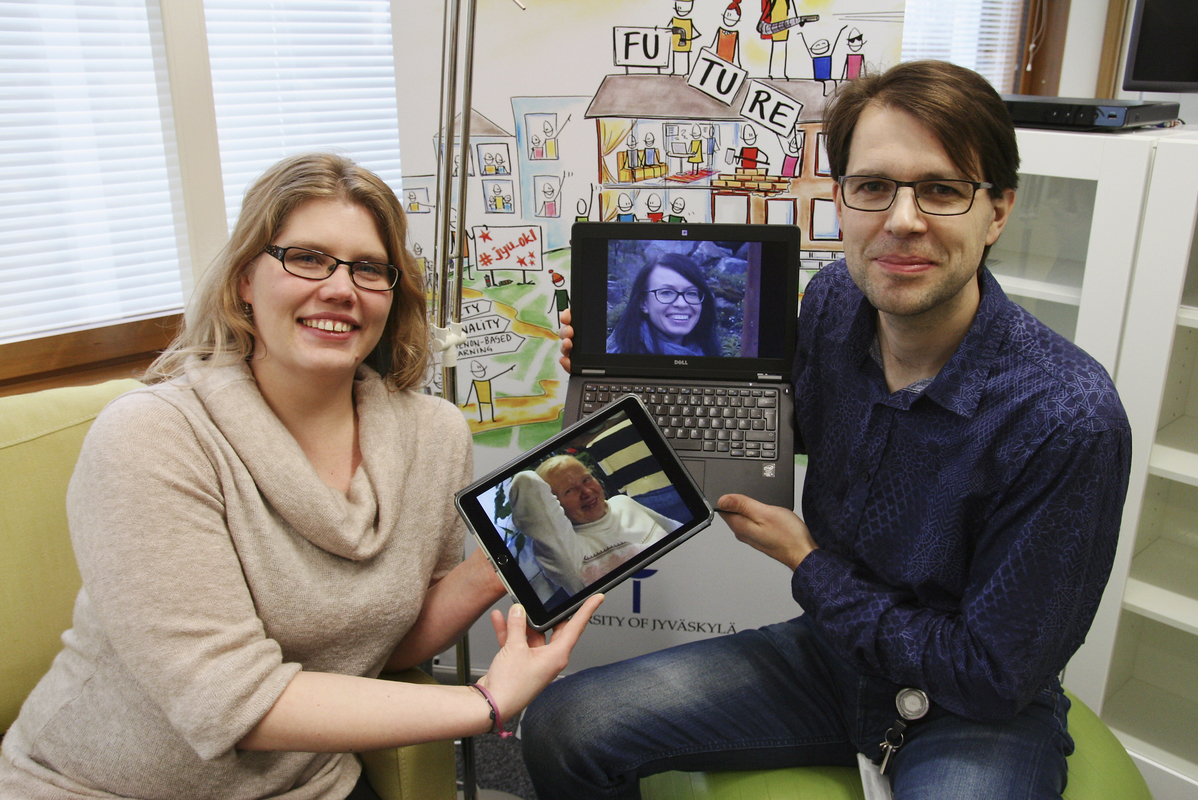Digitalisation and learning spaces
Digitalisation and learning spaces – challenges and opportunities
 Digitalisation is shaping the daily teaching and learning in a way that could hardly be imagined in the school years of previous generations. Innovations bring along multiple benefits, but sooner or later also some unexpected problems tend to appear. The ever faster change is taking up more and more of individual resources. Learning can be considered a trip to an unknown terrain. Amidst a constant flood of information without any quiet shelter, there is an imminent risk of cognitive overload while adjusting oneself to the new ways of interaction and operation, which eventually leads to malfunctioning in one way or another.
Digitalisation is shaping the daily teaching and learning in a way that could hardly be imagined in the school years of previous generations. Innovations bring along multiple benefits, but sooner or later also some unexpected problems tend to appear. The ever faster change is taking up more and more of individual resources. Learning can be considered a trip to an unknown terrain. Amidst a constant flood of information without any quiet shelter, there is an imminent risk of cognitive overload while adjusting oneself to the new ways of interaction and operation, which eventually leads to malfunctioning in one way or another.
Our multidisciplinary team explores learning opportunities in evolving learning environments. Amidst the accelerating changes and market forces, it is important to analyse learning situations from the perspectives of the key participants, such as teachers and learners. At the same time, we should account for the situation-specific context of activity, including its qualities and changes over time. We have used this approach, for instance, in user-centered design oriented planning for upper secondary level and practical nurse education.
Different angles to learning spaces
A learning space can be viewed, for instance, as a physical, pedagogical, virtual and emotional space. We examine these aspects - and in particular their combinations - from different perspectives. We use these categories while mapping out flexible learning spaces. We have also studied learning facilities as a field of opportunities: different types of learning spaces enable certain forms of interaction and participation, while their qualities also restrict others. To give an example, direct video links enable audio-visual telecommunications with their characteristic limitations. Video recorded learning situations allow instant reviewing of the performance of a pupil, student or other participant, thus bringing a new dimension to the teaching and learning process. Virtual reality environments, then again, can offer entirely novel type of experiences as we can get involved in situations beyond our natural reality.
Participation and quiet spaces
We have clearly found out that our well-being within the fast changing context of activity requires also balancing quiet spaces. These can be spaces for recovery in a peaceful and soothing environment. We have studied sense-friendly facilities, and we are still developing these in collaboration with our partners such as Vääksy Combined School (grades 7-9 & upper secondary) and the Conbalance Limited. Sense-friendly facilities help control students’ and teachers’ stress levels and recovery during hectic school days. In evaluating the effects, we draw both on participants’ experiences and on physiological measurements.
While there are various challenges and opportunities, we focus on jointly searching for effective solutions for them. Essential elements in this process include genuine involvement of the participants, respect for existing expertise and experience as well as seizing new opportunities.
Mikko Vesisenaho, Mirja Lievonen, Anette Lundström and Tuula Nousiainen
The authors are Dr Mikko Vesisenaho, a senior researcher, Ms Anette Lundström a doctoral student in the Department of Teacher Education, Dr Tuula Nousiainen, a project researcher in the Finnish Institute for Educational Research, and Dr Mirja Lievonen, architect SAFA.
Read more:
Hybrid Learning Situation as a Challenge for Design
Musica – multipurpose learning space through co-creation
Translating User Perspective into Spatial Design
 Send feedback to authors: mikko.vesisenaho@jyu.fi, mirja.lievonen.2001@live.rhul.ac.uk, anette.lundstrom@jyu.fi or tuula.j.nousiainen@jyu.fi
Send feedback to authors: mikko.vesisenaho@jyu.fi, mirja.lievonen.2001@live.rhul.ac.uk, anette.lundstrom@jyu.fi or tuula.j.nousiainen@jyu.fi
In the photo: Anette Lundström and Mikko Vesisenaho; Mirja Lievonen seen on the ipad screen and Tuula Nousiainen on the laptop.
Main image: a iClipart.com image gallery item adapted by Martti Minkkinen, the photo of persons: Martti Minkkinen
Translation: Tuomo Suontausta
Previous | Next | To Front Page